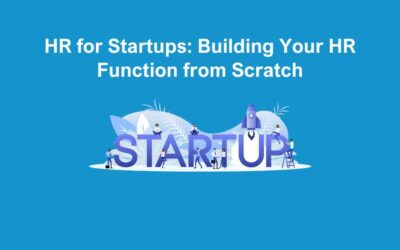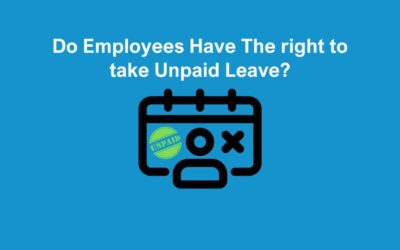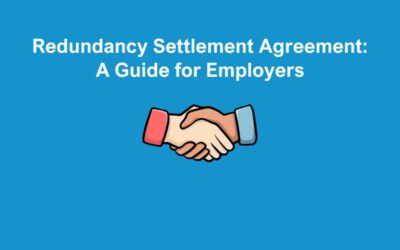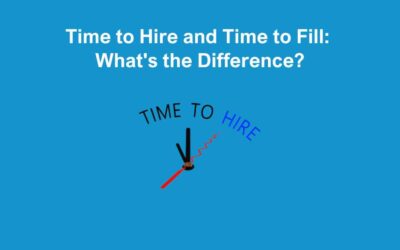Have you filed gender pay gap reporting yet? Enforcement against employers who fail to do so will begin on the 5th October. This has already been extended from the original deadline 6 months ago due to disruptions caused by Covid-19.
What is Gender Pay Gap Reporting?
The gender pay gap report analyses the difference between the average earnings of men and women across an organisation regardless of job role. This is an important measure to hold businesses accountable and ensure they are running an equal and fair workplace.
To ensure the data you provide is as accurate as possible, you must analyse all employees. However, the Government Equality office announced last year in regards to furloughed employees, if their income wasn’t boosted to 100% then they didn’t meet the criteria and should be excluded from the gender pay gap section of the report. This should be included in gender bonus gap calculations instead.
Do I need to complete Gender Pay Gap Reporting?
The gender pay report deadline is based on payroll data determined from a particular date each year. This date is referred to as the ‘snapshot date’. If you have 250 or more employees on your ‘snapshot date’ you are required to complete the gender pay gap reporting. You can find out more about this HERE
What Should I do after my report is completed?
If you have less than 250 employees on your snapshot date, you don’t need to complete the report. However, we encourage you to complete this voluntarily as it’s a great step to ensuring your business is a fair and equal place to work.
If you have completed your report, we recommend you analyse your findings. If you recognise a gender gap, you can create a plan that looks at ways to tackle the problem and bridge the gap. This can then be published with your supporting narrative.
If you would like any further advice on gender pay gap reporting, feel free to contact us now on our website.







